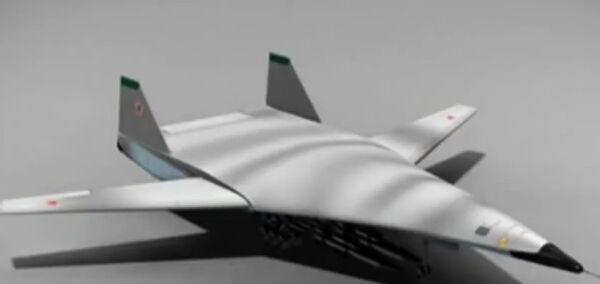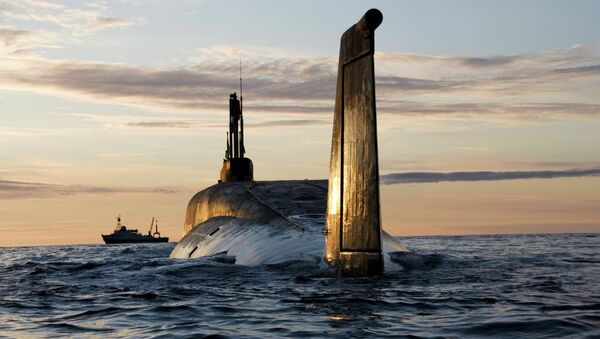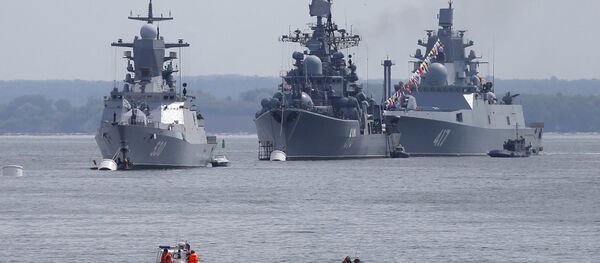The fourth generation watercraft is far from being the limit. Russia is expected to start building its fifth-generation submarines known as Kalina after 2020.
"Details on the fifth-generation are slowly being fleshed out, but Russia wants the subs to network with each other and underwater drones, use onboard robotics for certain tasks, and feature a new nuclear reactor," Nye noted.
Russia's dominance underwater could well be matched by air supremacy and highly maneuverable, ultra-fast and elusive hypersonic arms are instrumental in this regard. The research and work on the hypersonic glide vehicles is in full swing.
In June, Russia was reported to have tested a new hypersonic attack aircraft dubbed Yu-71 that could carry nuclear warheads and penetrate missile defense systems. "The Yu-71 would be able to fly unpredictable patterns to its targets at speeds of 7,000 miles per hour, piercing air defenses," Nye said.

The PAK DA, Russia's fifth generation long-range bomber with steal capabilities, is the next piece of "scary" military hardware Russia has to offer. The aircraft will fly at subsonic speeds but "may be stealthy enough to get cruise missiles into range against carriers and other targets," the analyst noted.
Other items of concern for any adversary thinking of attacking Russia include the brand new S-500 surface-to-air missile systems, lasers on par with the US designs and an electronic warfare system capable of disabling "everything from NATO ships to missiles to future hypersonic weapons."
Furthermore, Russia could add a new aircraft carrier to its fleet. If built, it would be "roughly the same size as a US Nimitz carrier, it would have 4 launching positions and an air wing of 80-90 aircraft," Nye observed.



